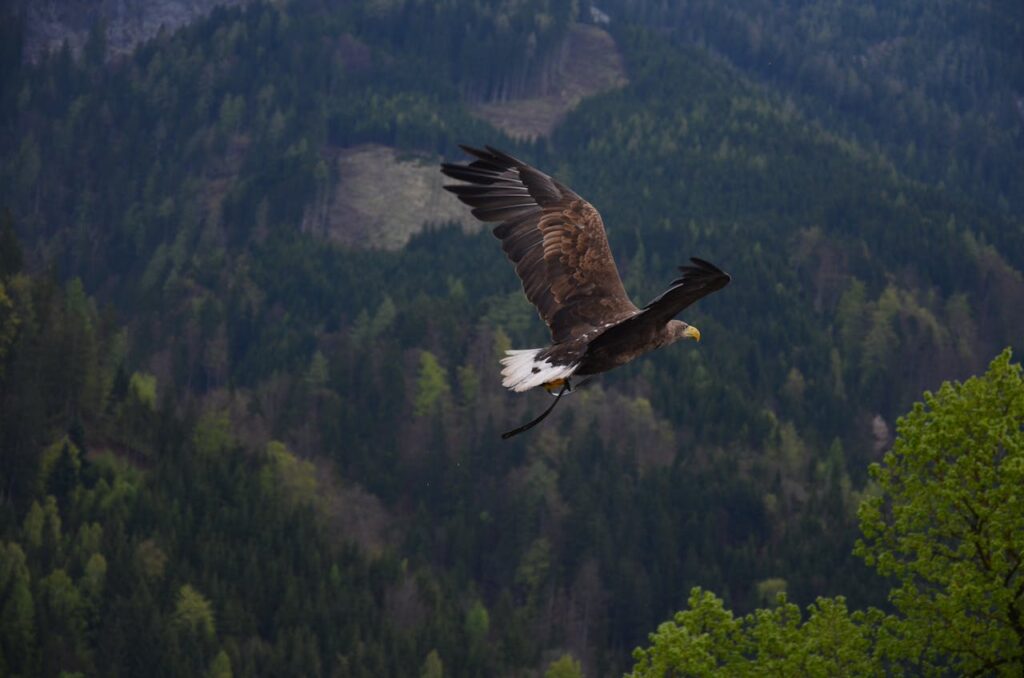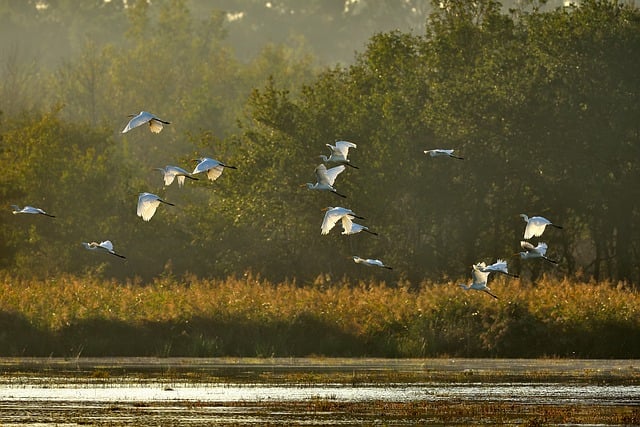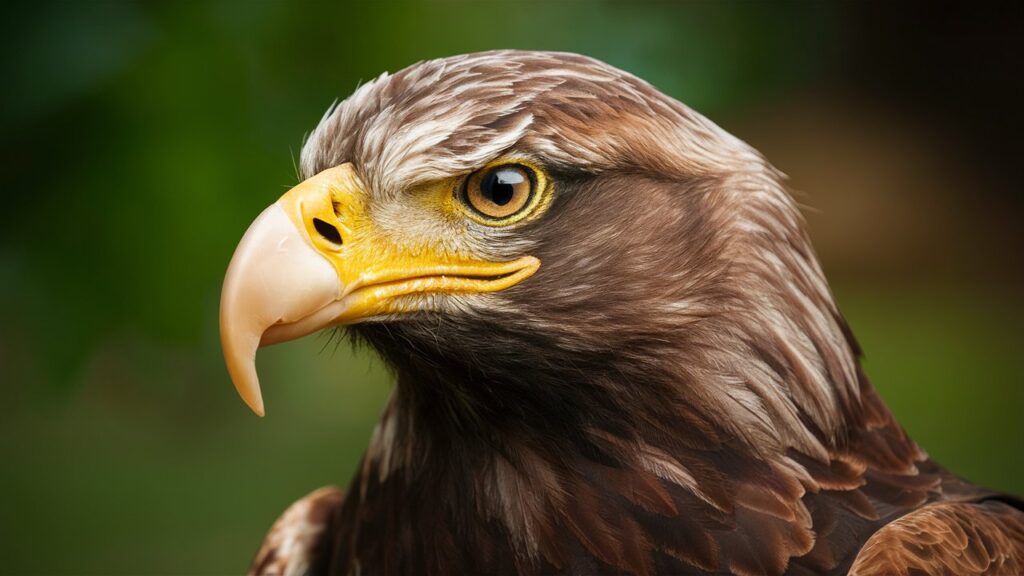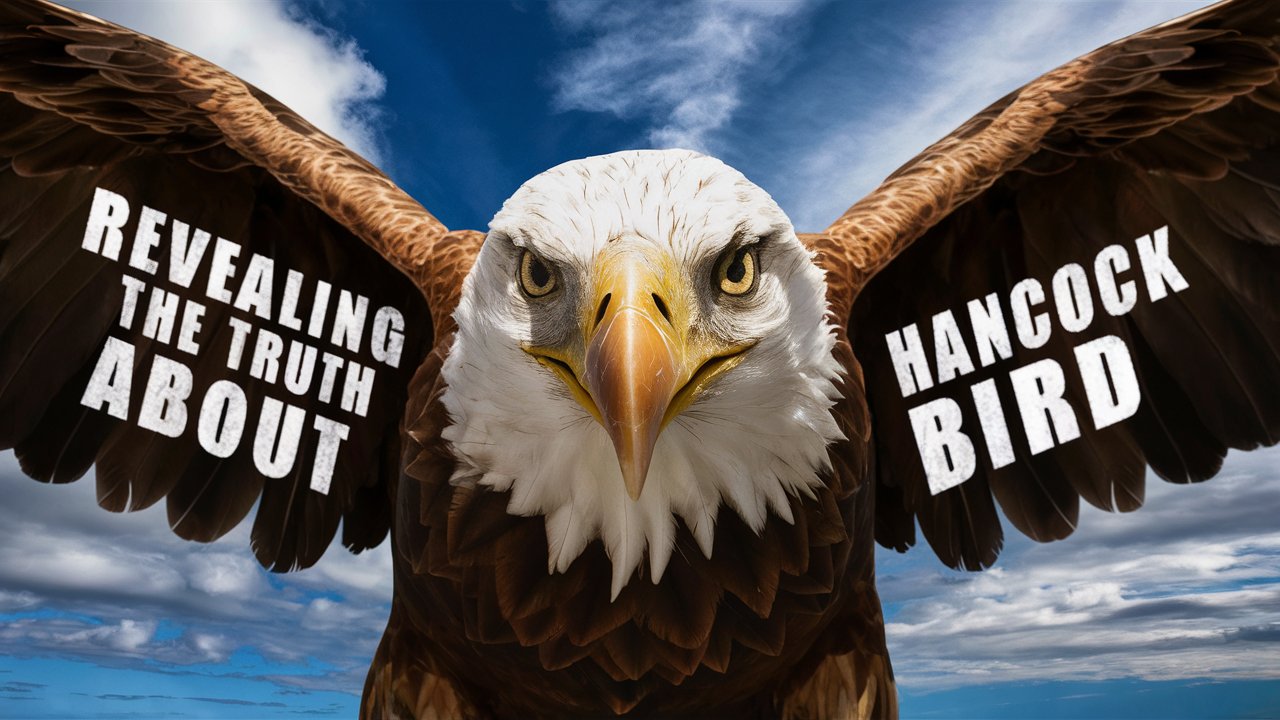A Hancock bird is a beautiful and rare bird that can only be seen in the lush forests of Hancock, Maine. The bird from the Hancock has unmistakably colorful and bright plumage, and the colors may differ from deeper blue and purple nuances to the green and golden ones depending on the angle of the light. This distinguishing plumage does not only make the bird one of the marvels of creation but also plays a vital function in its courtship performances during which the male of the species will exhibit bright colors to attract the females .
That’s what you find on almost every single page or blog post about Hancock bird. What if I tell you, these are all just myths but nothing else. Today I am going to debunk all the myths related to this creature.
Is Hancock a Bird?
Hancock is not in fact the name of a bird species at all, it is a term that can be defined in many different ways but none of which are linked to bird species. In most cases, when people hear the name “Hancock,” they will probably think of John Hancock , an important character in the United States history with proficiency in the United States Declaration of Independence famous for having boldly signed it. He has made the establishment of a scribble part of our cultures in America.
Additionally, Hancock is a common place name across the United States, including towns like Hancock, Maine. These places are associated with John Hancock or other people with the Hancock surname but there is no relation with this particular bird species.
Thus, Hancock does not correlate to any bird, and it would be impossible to consider a Hancock bird as anything but a fabrication of a writer’s imagination, a local nickname, or a misunderstanding of some other term.

Hancock Bird Meaning
Hancock bird is not a meaningful term or a readily identifiable term in any sphere derived from the ornithological field or otherwise. It is not the name of any species of bird and as far as literature, culture and history is concerned one can hardly come across this term.
However, the term could be used in a few different ways:
- Fictional or Local Reference: Hancock bird may be in a story, myth or when people of a place called Hancock are talking of a bird related to their place like Hancock in Maine. In such cases, the term could be coined or is perhaps used in a figurative sense.
- Hancock Wildlife Foundation: Sometimes, terms like this could stem from connection with the birds conservation association like Hancock Wildlife Foundation which mostly concerns itself with the conservation of birds such as eagles. It can be said that according to common conversation, an eagle or some other bird of prey, which is being monitored by the foundation, might be named ‘Hancock bird.’
Also Read this: Discover Netwyman Blogs: The Refining Platform for Online Readers

Hancock Bird Species
In Hancock, Maine, there is no officially recognized bird species specifically known as the Hancock Bird. However, the region is famous for the following birds, which may appeal to bird lovers.
Here are some bird species commonly found in the Hancock area:
- Bald Eagle: This large bird of prey is periodically sighted in the region especially in the vicinity of water-logged regions. The only organization bearing the name ‘Hancock’ is the Hancock Wildlife Foundation, which, while not apparently related to the town of Hancock in Maine, does concentrate on the bald eagles, to some degree clearing up the confusion.
- Osprey: Like the fish eagles, ospreys are other raptors that prefer aquatic areas, this species can be distinguished with white underparts and dark eye color.
- Peregrine Falcon: As one of the fastest birds, owing to its great size, peregrine falcon is one of the outstanding raptors that might be seen in this area.
- Common Loons: These birds are preferably associated with the regions including the lakes and major ponds. They can easily be described through their characteristic and shocking calls as well as outstanding appearance.
- Black-capped Chickadee: A small and unaggressive bird that can be commonly found in beautiful forests and woodlands of Maine State. It can be easily recognized by its unique voice.
- American Goldfinch: Characterized with the bright yellow color of the plumage, this bird can be spotted in the garden or open fields.
Hancock Wildlife Foundation: Protecting Precious Birds
The above organization known as the Hancock Wildlife Foundation (HWF) is known to be at the forefront of wildlife conservation notwithstanding its specialized interest in raptors particularly the eagles in North America. The foundation begun by wildlife biologist and conservationist Dr. David Hancock has become a ray of hope for all those who are working to conserve the world for the future generation and give people a chance to watch the wonders of wildlife in their natural environment.
The Vision Behind the Foundation
David Hancock, has been fond of wildlife since his childhood, and to continue his father’s dream, he set up the Hancock Wildlife Foundation with a clear vision of its goal in extending knowledge and sponsorship for scientific research and education programs in the field of wildlife. Due to Hancock’s made up fascination with birds of prey especially the bald eagle such a great deal of the foundation’s activities would be centered in such a remarkable bird age. His idea was also distinctive because he imagined an organization that would preserve both wildlife and share knowledge about the importance of these animals to the people.
Also Read this: Enhancing Educational Technology With Conroe ISD SSO
Pioneering Eagle Conservation
Among all the spectacles that HWF has contributed towards the conservation of wildlife, the organization stands out in its conservation efforts towards eagle species. The foundation received considerable popularity due to the live-streaming cameras installed to watch the activity of eagles and their nests; through this method millions of people globally can see the daily lives of these birds of prey. The Eagle Cam Project which is one of the foundation’s focal activities has turned into a true worldwide phenomenon helping people see eagles, their ups and downs, in their own kitchens and at school.
While attracting chuckles from viewers, the live-streaming of eagle nests has not only entertained but it has also assisted the researchers in studying the pattern of eagle’s conduct and their nesting preferences besides tracking how their habitat transforms in the event of changes in environmental factors. This information enhanced the general knowledge about raptor biology and aided in developing and implementing effective conservation measures that have assisted in boosting the number of eagles and other birds of prey in several areas.
Community Engagement and Education
Education is a major aspect and responsibility of the Hancock Wildlife Foundation. As for the foundation, it is necessary to raise people’s empathetic concern to wildlife and its future, which is the key to successful conservation initiatives. By leveraging the educational programs, workshops and other public events, HWF helps to engage people, starting from children and ending up with adults, in the protection of the environment .
Other efforts made by HWF in education involve having school programs that transport the aspect of wildlife into the class, and other community programs that are entailing in the field of conservation. It also continues supporting an online platform where people may find the information, videos, and live streams of the events that teach about wildlife and ways to contribute to the protection of animals.
Research and Conservation Initiatives
Apart from the project that supports the freedom of eagles and their hunting, the Hancock Wildlife Foundation is engaged in numerous projects that are aimed at saving different species of wild creatures and the places they inhabit. It partners with governmental and other non-profit organizations as well as research institutions for purposes of conducting research necessary in the formulation of sound policy within the field of conservation.
Among all the programs that HWF has successfully implemented, there is the Raptor Recovery Program whose aim is to treat injured raptorial birds and later release them. Through this program many owls and other birds of prey that often form a vital part of an area’s ecosystem have been rehabilitated and later released.
The foundation is also concerned with habitat conservation as they know that the protection of the areas within which wildlife can live is important in the future of the same wildlife. Its activities include the protection and rehabilitation of biomes that are necessary for the preservation of endangered species’ habitats.
Also Read this: A Detailed Guide to MyOLSD Login, Portals, Features And Benefits
The Future of Hancock Wildlife Foundation
Looking to the future, Hancock Wildlife Foundation will continue to promote and educate people on the preservation of wildlife in the future. In view of the continuous global change, deforestation and human interference, this is where the work of such a foundation becomes paramount. The work of HWF goes on growing the programmes, attaining new communities, and creating more sustainable approaches for the conservation of wildlife and the natural environment.
The spirit that the Hancock Wildlife Foundation has been carrying on is passion, dedication, love for the creatures of Earth. Thus, HWF has empowered countless people who want the creatures of nature to grace the skies and more importantly, spawn and multiply in the wild for generations to come.

Final Remarks
While the notion of Hancock bird is quite fanciful, the reality is that there is no scientific categorization of birds by the name Hancock bird. Hence, it seems that the Hancock bird is a creation of stories written and circulated in and around Hancock County, fictional stories, or mere misunderstandings. By debunking this myth, we can concentrate our efforts on the conservation of the actual wildlife and forested habitats, including such areas as Hancock, Maine, and the birds which are actually found in the wild.
FAQs
Is there a Hancock bird?
No, there is no bird named Hancock bird. It’s a fictional term associated with the Hancock Wildlife Foundation.
Is Parker or Hancock a bird?
Parker and Hancock are not bird species, they are surnames commonly associated with the people.
Who is the smallest bird in the world?
Bee hummingbird is the smallest known bird in the world, commonly founded at Island of Cuba, Caribbean
Why do birds sing?
Some birds sing to find their partners or to chase away rivals, other birds sing to warn other birds or to call for help.
What is the use of a bird’s beak?
A Bird’s beak is used for catching food, eating it, and even processing it afterward.








